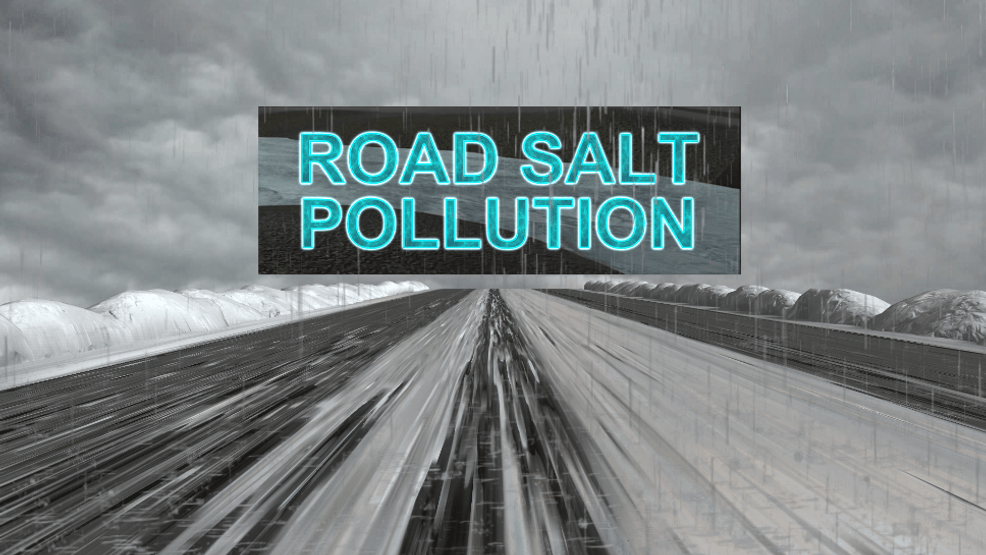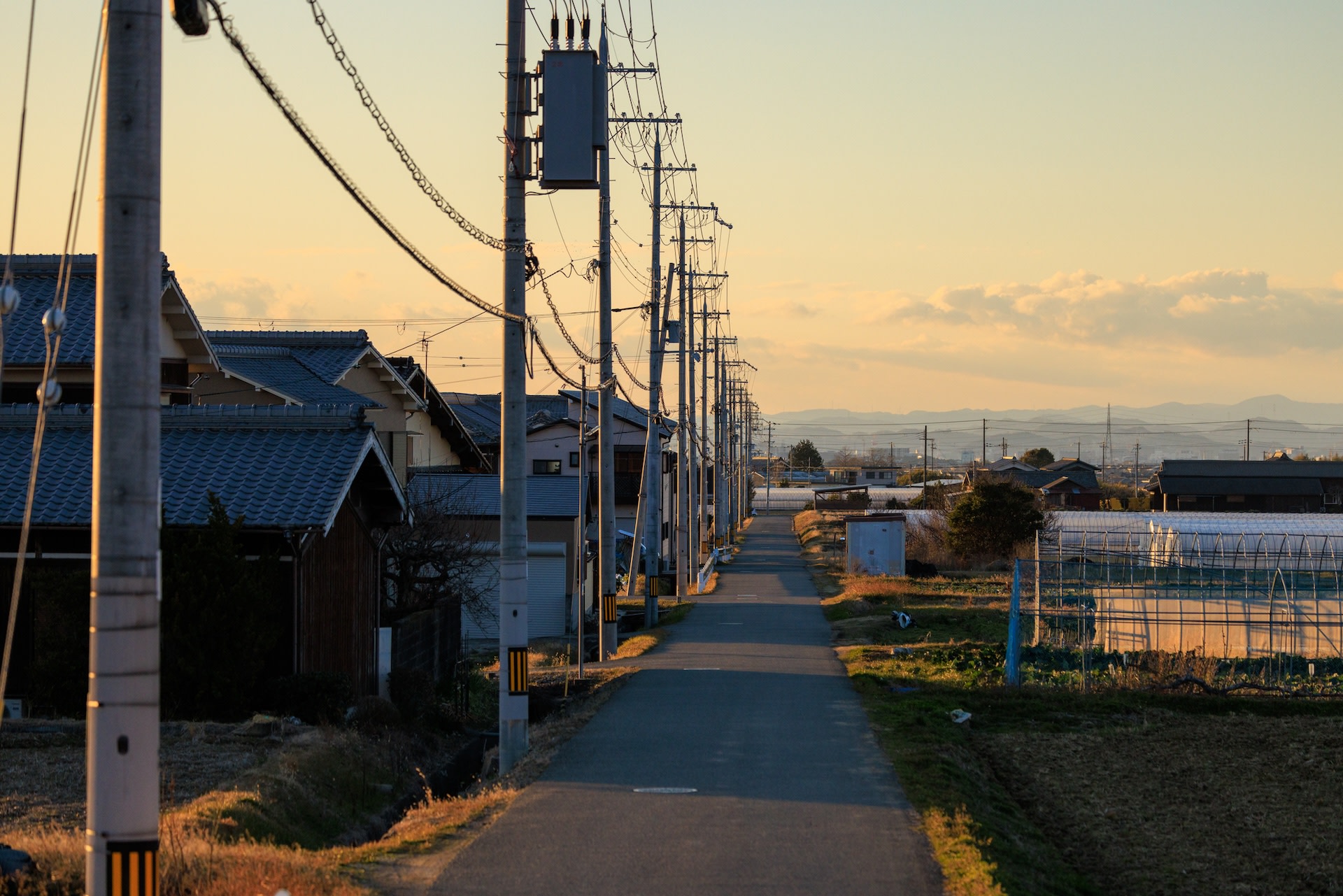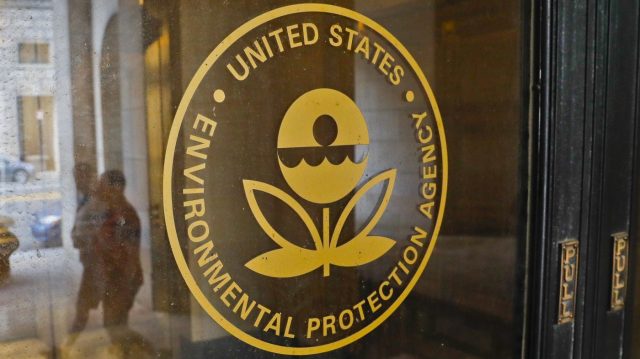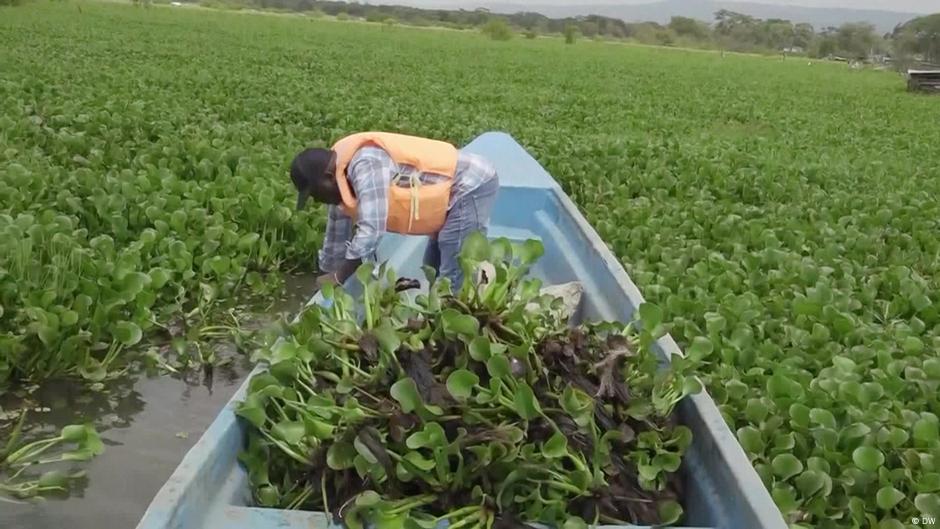The Silent Threat Beneath Our Feet: How Road Salt Is Poisoning Our Ecosystem

The Hidden Environmental Toll of Winter's White Crystal
Road salt, once celebrated as a winter safety solution, has emerged as a silent environmental threat in recent years. What was once considered a simple de-icing method has now revealed a complex and troubling ecological impact that extends far beyond clearing roads during snowy conditions.
As cities and municipalities have increasingly relied on salt to keep roadways safe, the environmental consequences have become increasingly apparent. The seemingly innocuous white crystals that melt ice and prevent accidents are now recognized as a significant source of water pollution and ecosystem disruption.
The widespread use of road salt has led to dramatic changes in local water systems, soil chemistry, and wildlife habitats. Excessive salt runoff contaminates freshwater sources, damages vegetation, and poses serious risks to aquatic life. What was once a practical winter solution has transformed into an environmental challenge that demands immediate attention and innovative alternatives.
Researchers and environmental experts are now calling for more sustainable de-icing strategies that can protect both public safety and ecological balance. The story of road salt is a stark reminder of how seemingly simple solutions can have far-reaching and unexpected environmental consequences.








